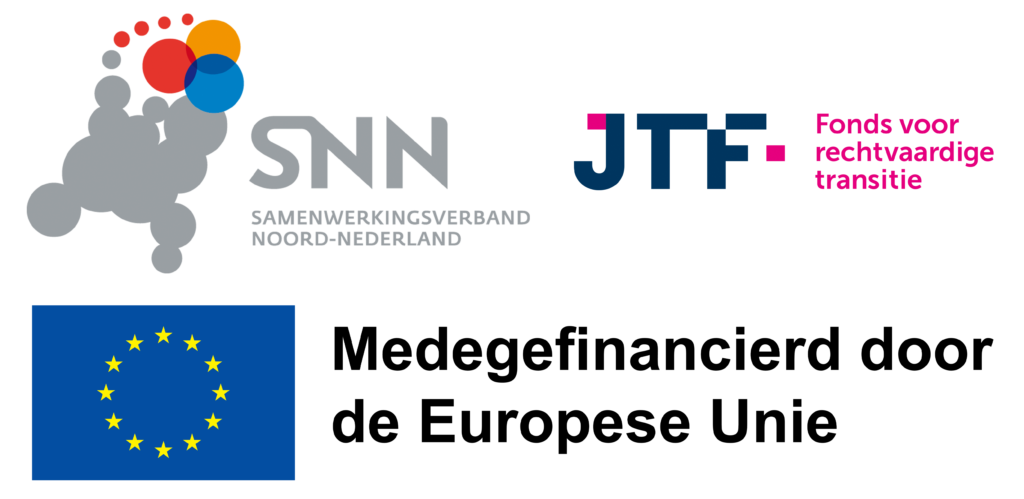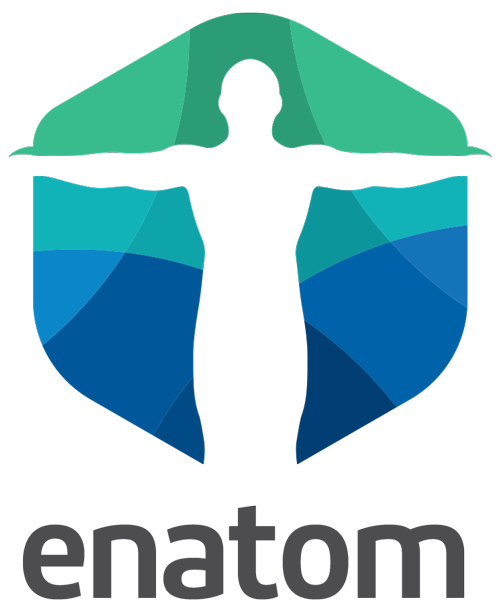Begin 2024 is door het Samenwerkingsverband Noord Nederland een subsidie toegekend aan Enatom, UMC Groningen, Amsterdam UMC en MemoryLab voor de Virtuele Snijzaal 2.0. Tot eind 2025 zal het consortium samenwerken met het als doel het huidige anatomie onderwijs te verbeteren en effectiever te maken met de inzet van nieuw te ontwikkelen technologieën. Op deze pagina leest u meer informatie over het project, de doelstellingen en de organisatie erachter.
Anatomische kennis, de basis voor elke zorgprofessional
Het biomedisch onderwijs, fundamenteel voor zorgprofessionals, staat onder druk door trends zoals de exponentiële groei van kennis, keuzes in curricula, focus op competenties en beperkte toegang tot snijzalen. Deze trends beïnvloeden de onderwijskwaliteit en daarmee de praktijk van de zorg. Innovatie in anatomieonderwijs is essentieel om deze uitdagingen aan te pakken.
Valorisatie van hoogwaardige kennis en skills geïnitieerd vanuit Groningen
Dit project staat onder leiding van Enatom, gevestigd in Groningen, die werkt vanuit de missie om onderwijs toegankelijker te maken middels innovatieve digitale oplossingen. Hun kennis wordt aangevuld met de expertise van MemoryLab (adaptief leren) en een noordelijke kennisinstelling (UMCG). Ook wordt specifieke kennis naar Noord-Nederland gebracht door de nieuwe samenwerking met Amsterdam UMC (kennisdrager en probleemhouder). Samen met een brede groep organisaties die is aangesloten via de Advisory Board levert het consortium een belangrijke bijdrage aan de doelstellingen van OP-EFRO en draagt het project bij aan de versterking van het noordelijk innovatie-ecosysteem.
Ontwikkeling van een Noord-Nederlandse oplossing voor een wereldwijd vraagstuk
In dit project werkt het consortium samen aan balseming technieken, visualisaties, innovatieve softwareontwikkeling en de demonstratie van de Virtuele Snijzaal: een uniek en innovatief platform waarmee biomedische studenten en zorgprofessionals plaats- en device-onafhankelijk hun kennis en vaardigheden op het gebied van anatomie effectief kunnen ontwikkelen en toetsen op een levensechte, uitdagende manier. Concreet dragen de werkpakketten bij aan de volgende doelstellingen:
- De kwaliteit, effectiviteit en flexibiliteit van biomedische studies wordt aanmerkelijk verbeterd doordat biomedische studenten en zorgprofessionals levensecht en op een uitdagende manier plaats-, tijd- en device onafhankelijk hun kennis over anatomie kunnen verrijken én toetsen.
- De onderwijsongelijkheid op regionaal, nationaal en internationaal niveau wordt verkleind en de onderwijs inclusiviteit wordt vergroot doordat alle biomedische studenten en zorgprofessionals (wereldwijd) toegang hebben tot de snijzaal, in plaats van alleen de “happy few” op dit moment.

De virtuele snijzaal is een uniek en innovatief platform
De virtuele snijzaal onderscheidt zich van de bestaande versie EN van bestaande initiatieven op de volgende punten:
- Fotorealistische content op het platform.
- Sneller en efficiënter preparaten visualiseren door de ontwikkeling van een eigen mobiele scanstudio.
- Device-onafhankelijkheid (mobiel, tablet, laptop, VR/XR/AR ready) door innovatieve streamingtechnieken op basis van point cloud technologie (nog nooit toegepast in een medische omgeving!).
- Gepersonaliseerd leren wordt gekoppeld aan adaptief leren en toetsing op het platform. Met deze unieke wijze van leren wordt de effectiviteit van het platform geoptimaliseerd.
Advisory Board
Naast de formele aanvragers is er in dit project ook sprake van een Advisory Board. Dit is een groep organisaties uit het (noordelijk) innovatie-ecosysteem die actief betrokken worden bij het project, de disseminatie van de projectresultaten en de uiteindelijke vermarkten van de resultaten door Enatom. Het gaat om de volgende partijen:
LIFE Cooperative: LIFE Cooperative is een coöperatieve vereniging van Life Science en Medische Technologiebedrijven in de drie noordelijke provincies.
HTRIC: Health Technology Research & Innovation Cluster (HTRIC) verbindt onderzoek, gezondheidstechnologie en klinische praktijk voor meer gezonde levensjaren.
Aletta Jacobs School of Public Health (AJSPH): De AJSPH is een samenwerkingsverband tussen de RUG, het UMCG, de Hanzehogeschool Groningen en NHL Stenden Hogeschool die samen werken aan een gezamenlijk doel: meer gezonde levensjaren.
Afdeling Chirurgie van Medisch Centrum Leeuwarden (MCL): Het MCL is een Fries topklinisch ziekenhuis met een stevige ambitie, namelijk een van de beste ziekenhuizen van Nederland worden.
Groningen Digital Business Centre (GDBC): GDBC is een samenwerking van de RUG en Noordelijke Online Ondernemers en is erop gericht om de noordelijke digitale sector te versterken.
Hanzehogeschool Groningen (HG): De HG is een bruisende leergemeenschap waar studenten, docenten en mensen uit het werkveld elkaar ontmoeten en van elkaar leren.
TU Delft: Vanuit TU Delft wordt elke dag gewerkt vanuit de missie “impact voor een betere samenleving”. Innovatie speelt een grote rol in de projecten van TU Delft en in dit project ziet TU Delft de meerwaarde in de samenwerking op het gebied van point cloud technologie.
IT-Hub: De IT-Hub is de organisatie waar business, kennis, innovatie, talent en technologie samenkomen. Het doel is om innovatieve ontwikkelingen te versnellen door studenten en bedrijven met elkaar te verbinden.
NHL Stenden Hogeschool (NHL): NHL Stenden biedt onderwijs op HBO-niveau aan ruim 24.000 studenten. In dit project wordt samengewerkt met de opleiding Verpleegkunde, die momenteel bestaat uit ruim 1.000 studenten.


